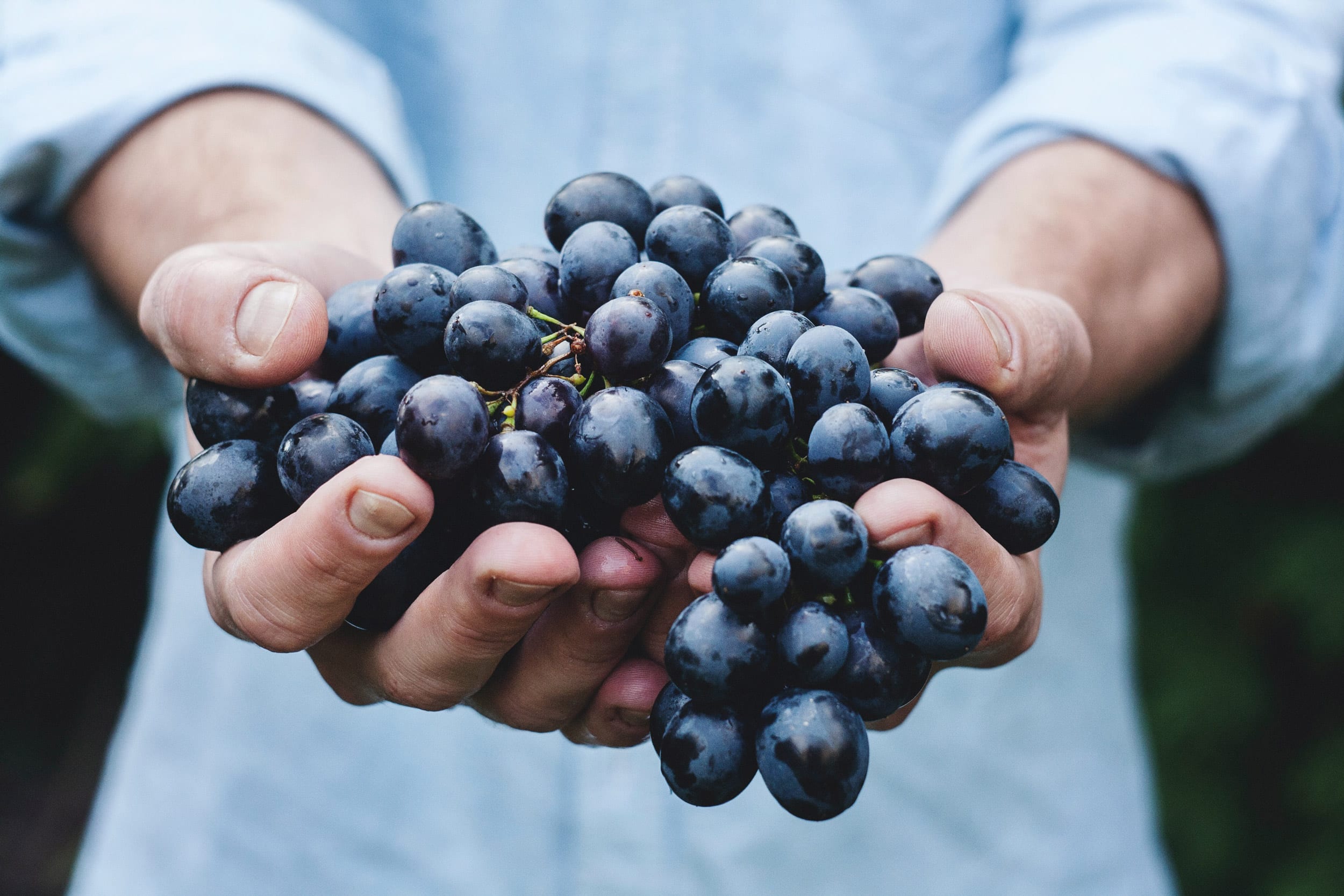Good Food Barnsley framework: The Barnsley Food Pathway

Good Food Barnsley has developed a theoretical framework that captures the aims and mission of the Good Food Barnsley partnership. Breaking down our work into two distinct yet interwoven areas: food access and food participation, means that we are able to consider:
Food access
- What the existing platforms of food access are
- What possibilities there are for a more sustainable food system
Food participation
- How food and its related practices can be engaged with
- What the possibilities for engagement are
- How we can facilitate movement along the food pathway
Food Access
What the existing platforms of food access are
At the heart of what we do is the intention to capitalise on the capacity of food to bring people together, and understanding food and its related practices as forming an ecosystem of interlocking themes and ideas helps us to focus our work in ways that will maximise positive outcomes for Barnsley citizens. Understanding this journey as non-linear and interconnected is important, particularly when food is central to our existence, and our lives don’t necessarily stay on a steady upward trajectory. As such, our framework is intended to leave room for flexibility. The model is continually developing with the work that we do, and has already moved on from where it started in 2014, when the Barnsley Food Ladder was initially developed. Since its inception, the Food Ladder has been developed and adapted by Dr Megan Blake (https://geofoodie.org/2019/06/19/food-ladders/).
Within the model, there is a supported food access pathway, and a mainstream food access pathway. The supported food access pathway (pictured) shows six stepping stones with an incremental increase in citizen independence as you go through them:
- Drop-in centres, soup runs and need specific service with food supply
- Food Bank Networks – Trussell Trust, IFAN and independents
- Social eating cafes, pay as you feel models, cooking clubs and courses
- Food only social supermarkets, community fridges, food larders and pantries
- Delivery schemes, group buying and food co-operative models
- Community food hubs, multi-functional social supermarkets
Good Food Barnsley seeks to gradually increase citizen’s food participation, empowering Barnsley citizens to move progressively along the pathway of available support, encouraging the development of (and engagement with) models for food access that are driven by citizens as opposed to models of food access that are done to them.
In addition, there is also an unsupported/mainstream Food Pathway, as pictured here. This moves from emergency or crisis provision through to models that are increasingly expensive and specialised. Mobility through this pathway is largely shaped by the individual’s income.
What possibilities there are for a more sustainable food system
The goal of Good Food Barnsley is not to progress people along the existing mainstream Food Pathway, but rather to support in the development and implementation of a food system that fits the people, as opposed to fitting the people around an existing food system that doesn’t work with citizen’s interests at heart. This this in mind, there is a real awareness of the potential for positive impact through community action. Good Food Barnsley promotes the sustainable production and consumption of local food, seeking to celebrate and further facilitate a vibrant local food system, working in genuine partnership with local organisations and supporting them in our work.
Food Participation
How food and its related practices can be engaged with
Good Food Barnsley seeks to support Barnsley households and communities in their journey towards being active food citizens, reframing the discussion around food insecurity and activating food and its related practices progressively, considering not simply how we alleviate the symptoms of food insecurity and vulnerability but also how we, as a community, can work to build sustainable models for food access in the long term.
Considering the ways food and related practices are engaged with, there are five key areas, progressively building on one another.
What the possibilities for engagement are
Calories – Food as fuel, calories that enable us to survive from one week to the next, this is food at a very basic and primitive level. For example, ‘I eat a banana first thing to stop my tummy grumbling until lunch time’.
Commensality – Meaning to eat at the same table, commensality links food with the social, arguing that the enjoyment derived from food comes from the joy of sharing it in good company. For example, ‘I eat my dinner with my family, this is when we talk about our days’.
Community – Food as a catalyst for revitalizing community activity both in terms of social and financial capital, for example ‘I grow my own food in my local allotment and have made friends with the other allotment users’.
Cooperation – By sharing together as a community, food becomes the primary tool for people understanding and redesigning food systems and how they acquire food. Community food cooperatives and inclusive local economic models are developed with food as the catalyst for change. For example, ‘growing food in my local allotment is great. Not only have I made friends with the other allotment gardeners, but we also swap produce with one another too’.
Conscientisation – From the work of Paulo Friere, conscientisation is an academic term referring to the awakening of critical consciousness. Food essentially becomes the tool that people use to recognize the political, systemic and structural realities of their lives and become empowered to change them. For example, ‘I am aware of the environmental impact of my food, such as air miles, and I am mindful of things like fairtrade certification. I am trying to make good food choices and support the issues that matter to me. I am campaigning for better’.
How we can facilitate movement along the food pathway
Sherry Arnstein’s (1969) development of a ladder of citizen participation demonstrates how citizen participation/involvement in planning engages with citizens at different levels. There are eight rungs to this ladder, with incrementally increasing involvement.
Rungs 1 and 2 (manipulation and therapy) are things done to people, largely consisting of models that are aimed to educate participants or solve a problem. In the area of food, this would include a standard Foodbank model. Moving onto the 3rd rung, informing, is generally a one-way flow of communication with no opportunity for feedback from citizens/users of the model. This may include resources such as a signposting document (such as a webpage, flyer or leaflet) informing citizens of available provision. The 4th rung is consultation, which is the gathering of information from citizens. This could include data collation such as attitude surveys. Placation, the 5th rung of the ladder, is largely centred around the opportunity for citizens to advise or state their opinion(s), but no decision making power is given. In other words, power holders reserve the right to judge the legitimacy of what citizens have to say, and whether or not their opinions equate to action. The 6th rung is partnership, whereby power holders and citizens work together to plan and make decisions. Delegation sees a shift towards citizen control as they become the majority on a committee, and the final (8th) rung is citizen control, where the entirety of a project is run by the citizens.
Building upon the capacity for food participation, as outlined here, we have also mapped food provision across the borough with the possibilities of food in mind and how it is used. For example, when a person accesses a foodbank, this is engaging with food as calories, on the far left of the pathway, with food meeting a basic need of alleviating hunger. In areas of food insecurity, the possibilities of food tend to be narrowed, focusing on food as meeting a basic need: the satiation of hunger. This is also the space where citizens have no agency, which is why such models can end up stigmatised, because of the lack of citizen agency. We seek to move away from this mindset by engaging all citizens with the wider possibilities of food, informing and encouraging a new and collective approach to food access at a community and systems level, creating sustainable household and community resilience.
An integral part to this is to empower the citizens of Barnsley by facilitating the development of asset based models of food access that are done by as opposed to done to those who access it. When a food access model is done in this way, citizen control encourages a much deeper and more meaningful engagement with the model, with food, and with the community, encouraging greater community cohesion and developing a more sustainable and inclusive food access model.

